The percussion family is one of the five families of orchestral instruments. It is a diverse and vibrant group of musical instruments that produce sound through the striking, shaking, or scraping of various materials.
It is one of the oldest and most fundamental instrument families in all musical traditions worldwide. Percussion instruments range from the humble drum to intricate xylophones, and their distinct sounds and rhythms play a crucial role in shaping music's rhythm, texture, and energy.
The String Family
The Woodwind Family
The Brass Family
The Keyboard Family
How Do Percussion Instruments Work?
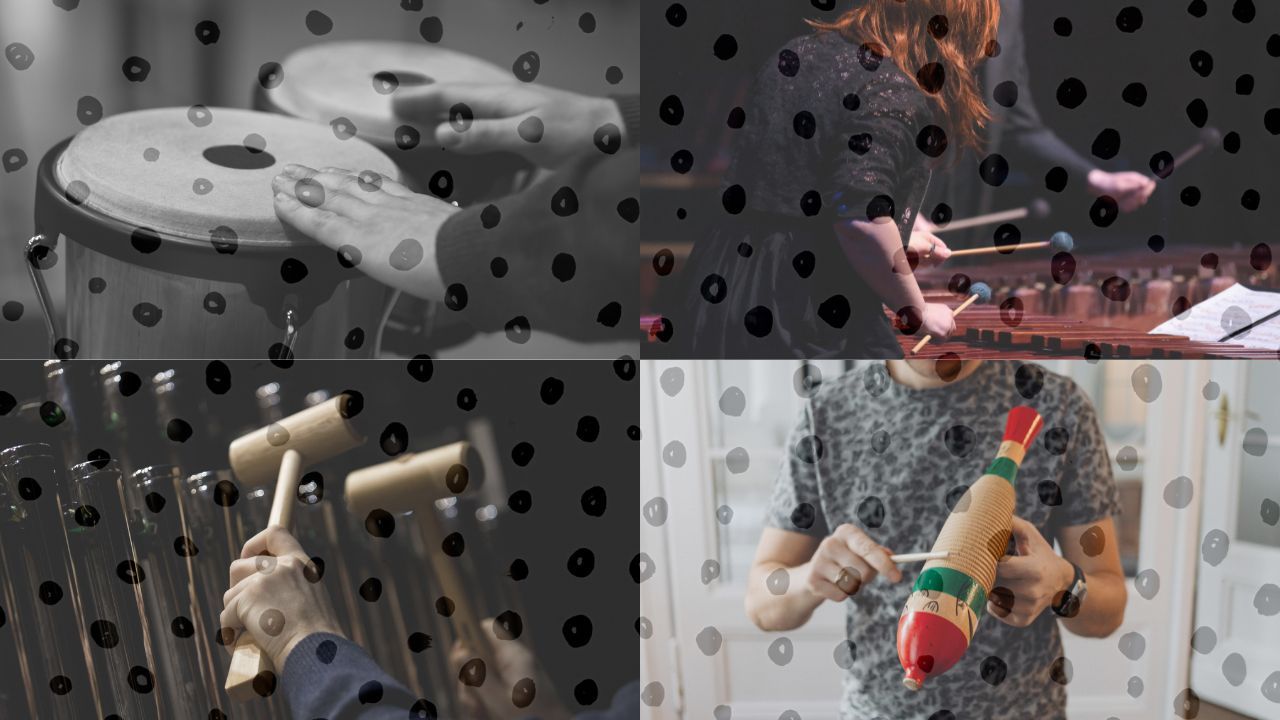
Percussion instruments produce sound through the mechanical vibrations generated when they are struck, shaken, or scraped. The specific mechanics and sound production methods can vary widely among different types of percussion instruments.
Where do Percussion Instruments Originate From?
The orchestral percussion instruments come in a vast array of shapes and sizes, originating from various cultures around the world.
Drums:
- Bass Drum: Originated in Europe, used in orchestras and various musical genres.
- Snare Drum: Developed in Europe, commonly used in military and orchestral music.
- Djembe: West African drum with origins in Mali, Guinea, Ivory Coast, and Burkina Faso.
- Tabla: Traditional Indian drums used in classical and folk music.
Hand Drums:
- Bongo Drums: Afro-Cuban percussion instruments with roots in Cuba.
- Conga Drums: Afro-Cuban drums originating from Cuba.
- Frame Drum: Found in various cultures, including the Middle East and Mediterranean regions.
- Cajón: Originated in Peru and is now used in various music styles worldwide.
Shakers and Rattles:
- Maracas: Traditional rattles that are used in Latin American and Caribbean music.
- Shekere: African percussion instrument made from a dried gourd with beads woven into a net.
- Cabasa: Originally from Africa and now used in Latin, jazz, and popular music.
Metal Percussion:
- Triangle: Originated in Europe, and used in orchestral and folk music.
- Glockenspiel: A Western instrument used in orchestras and popular music.
- Hang Drum: Invented in Switzerland and Germany, known for its ethereal sound.
Wood Percussion:
- Xylophone: Found in various forms in Africa, Southeast Asia, and Western music.
- Marimba: Originated in Central America, particularly Guatemala.
- Claves: Traditional Latin American percussion instruments.
Other Percussion Instruments:
- Tambourine: Used worldwide, with variations found in the Middle East, Asia, and Europe.
- Steel Drum: Originated in Trinidad and Tobago, popular in Caribbean music.
- Rainstick: Indigenous instrument from Chile, imitates the sound of falling rain.
Electronic Percussion:
- Electronic Drum Kit: Modern invention used in various musical genres.
- Sampler: Digital instrument used to reproduce the sounds of acoustic percussion instruments.
What Are Percussion Instruments Made From?
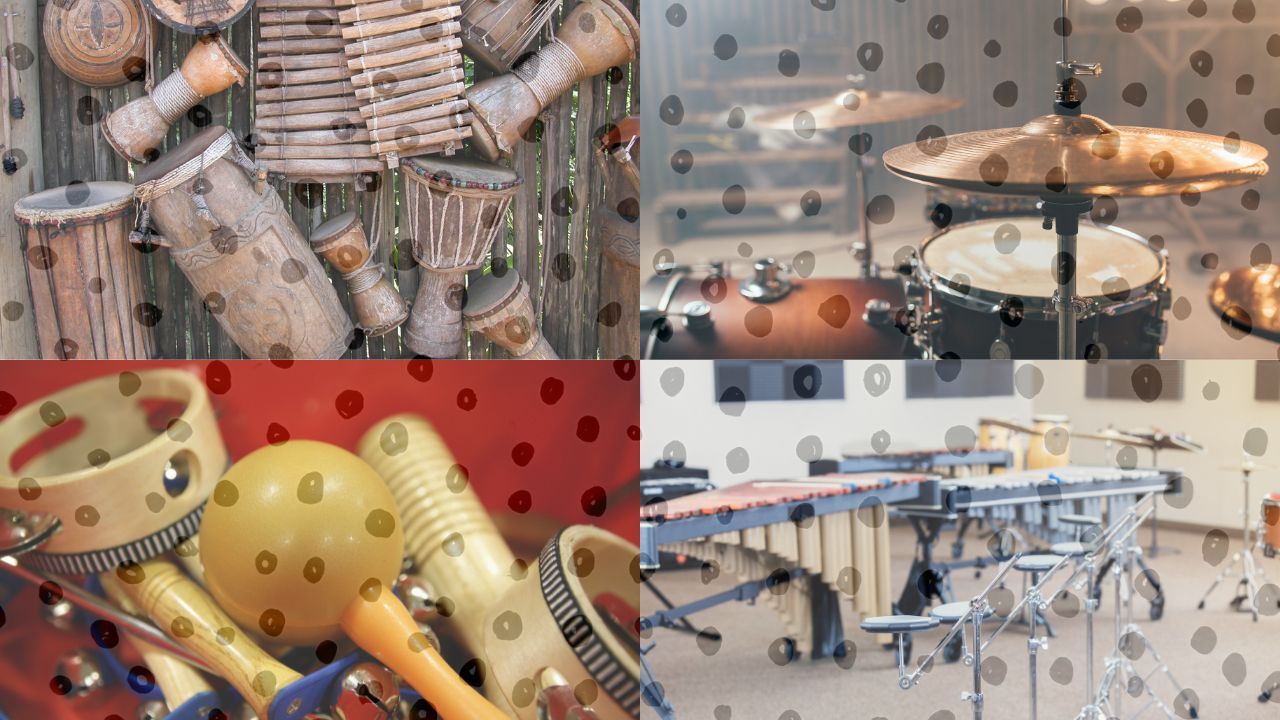
Percussion instruments are made from a wide variety of materials, and the choice of materials, size, shape, and thickness often influence the instrument's sound and characteristics.
Here are some common materials used in the construction of percussion instruments:
Many percussion instruments, such as drums, xylophones, marimbas, and tambourines, use wood as a primary material.
Metals like brass, bronze, steel, and aluminium are used in various percussion instruments. Examples include cymbals, glockenspiels, steel drums, and vibraphones.
Animal hide (leather), particularly from animals like goats, cows, and buffalo, is used for drumheads in instruments like congas, bongos, and djembes.
Some modern percussion instruments use synthetic materials like mylar or plastic for drumheads and other components. Some percussion instruments, such as plastic tambourines, castanets, and hand clappers, use moulded plastic components
Some percussion instruments, like maracas and shekeres, use gourds, which are dried and hollowed, as their main body.
Resonators, which amplify and shape the sound of percussion instruments, can be made from various materials like metal tubes (as in xylophones), wooden chambers (as in marimbas), or synthetic materials (as in electronic drum kits).
Glass bottles or jars filled with varying amounts of liquid can create tuned percussion instruments, such as glass harmonicas or water-filled wine glasses.
Bamboo is used to make various percussion instruments, including bamboo xylophones, claves, and rainsticks.
Certain indigenous percussion instruments, such as stone lithophones, are carved from stone to produce specific pitches when struck.
Soft materials like rubber and foam are used in mallets and beaters for striking percussion instruments. They help produce specific sounds without damaging the instrument's surfaces.
In electronic percussion instruments, components like sensors, circuit boards, and speakers play a crucial role in producing and amplifying sound.
The choice of materials often depends on factors like the desired sound, durability, portability, and cultural or historical traditions associated with specific instruments.
The development of percussion instruments can be traced to the materials that were available in that specific area of the world.
What Is In The Percussion Family?
Let's take a look at all the instruments in the percussion family.
Glockenspiel

The glockenspiel is a delightful percussion instrument that consists of tuned metal bars and is played with mallets.
Its bright and sparkling tones make it a charming addition to musical compositions, from classical to popular music genres.
Vibraphone
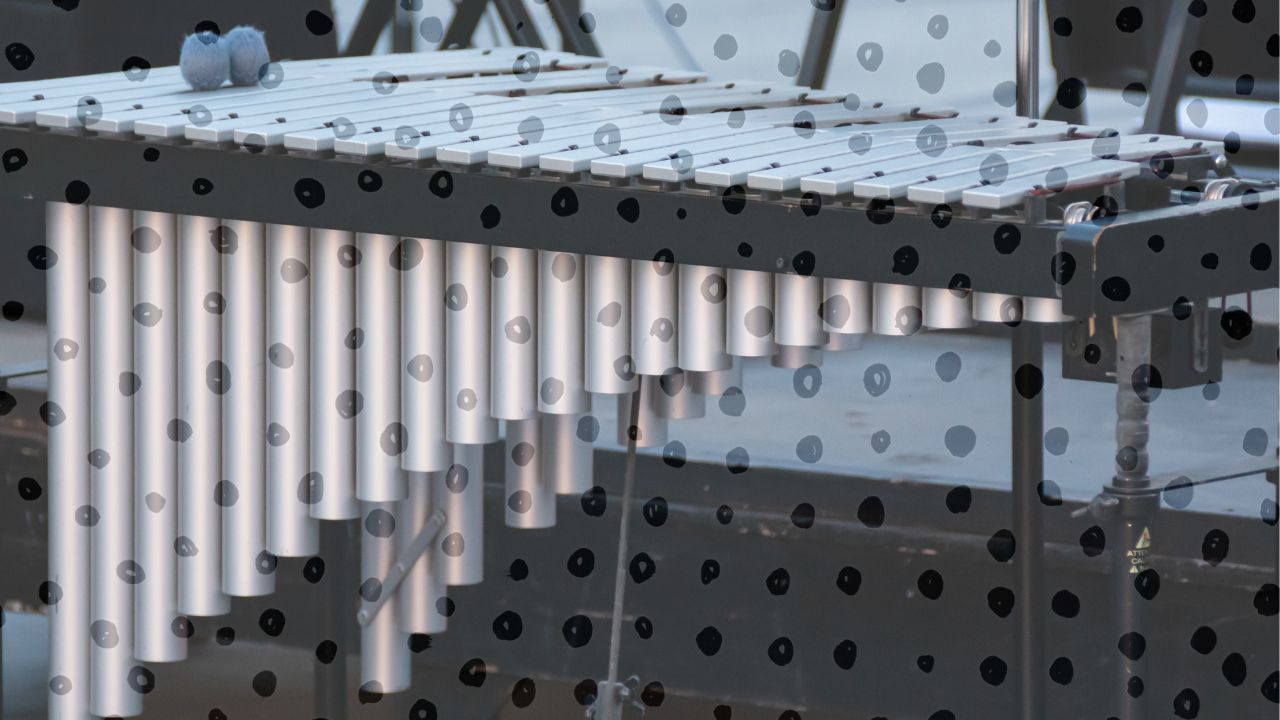
The vibraphone is a captivating percussion instrument known for its shimmering and melodic sound.
It features metal bars and a motor-driven resonator. It is played with mallets. Its warm, ethereal tones have made it a beloved choice in jazz, classical, and contemporary music.
Marimba
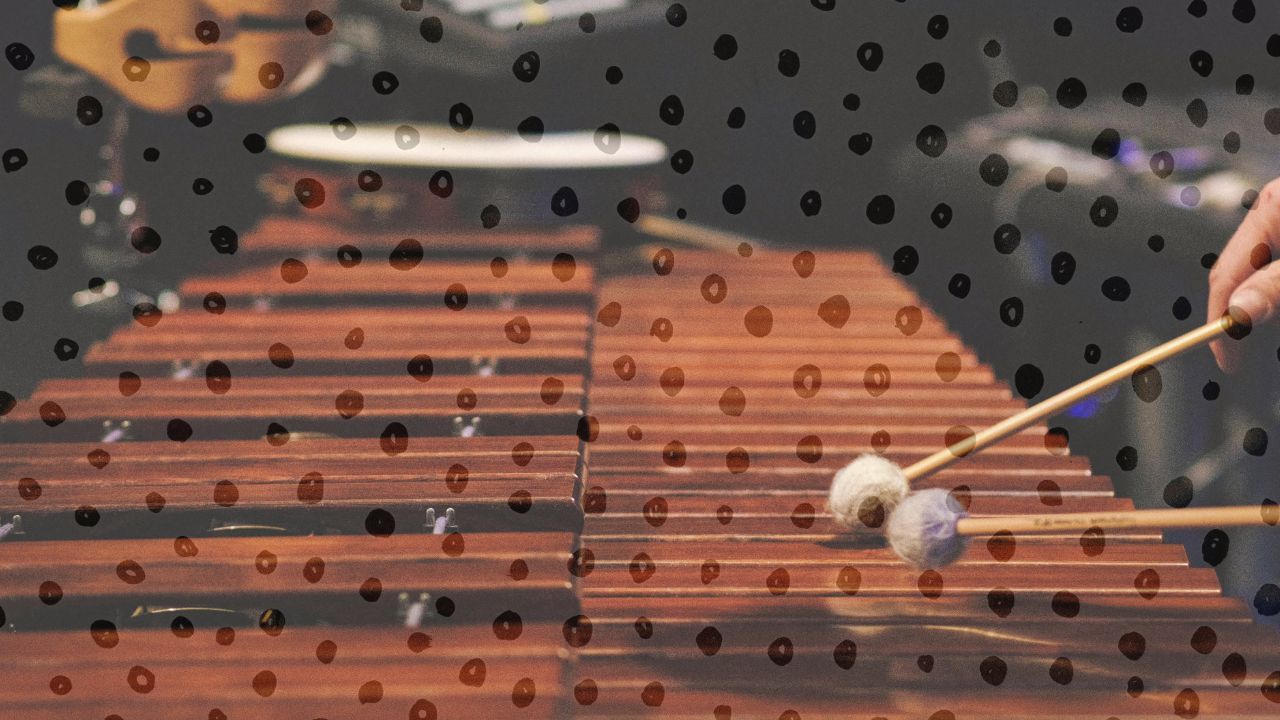
The marimba is a melodic percussion instrument with wooden bars and resonators, played with mallets.
Its rich, resonant tones have deep roots in African and Latin American music, and it's now cherished worldwide for its captivating sound.
Xylophone
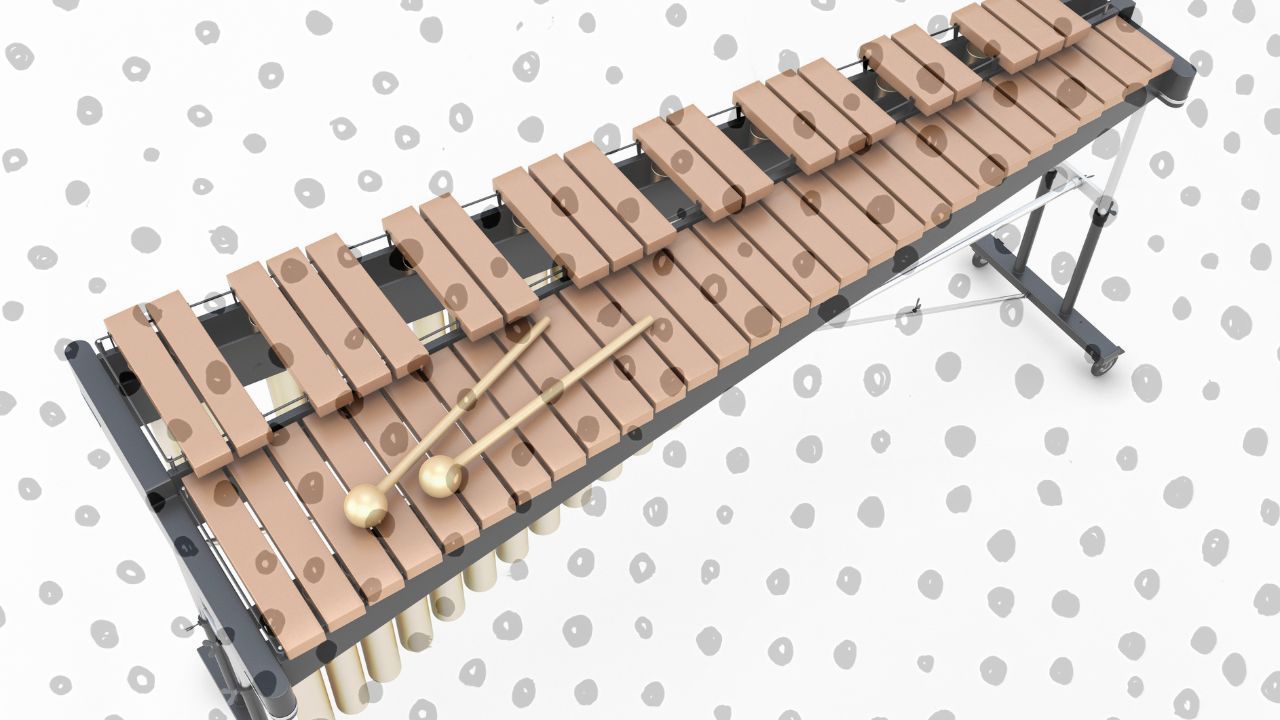
The xylophone is a percussive instrument with wooden bars and is played with mallets.
It produces clear, bell-like tones and is used in various musical genres, making it a versatile and charming addition to music.
Timpani
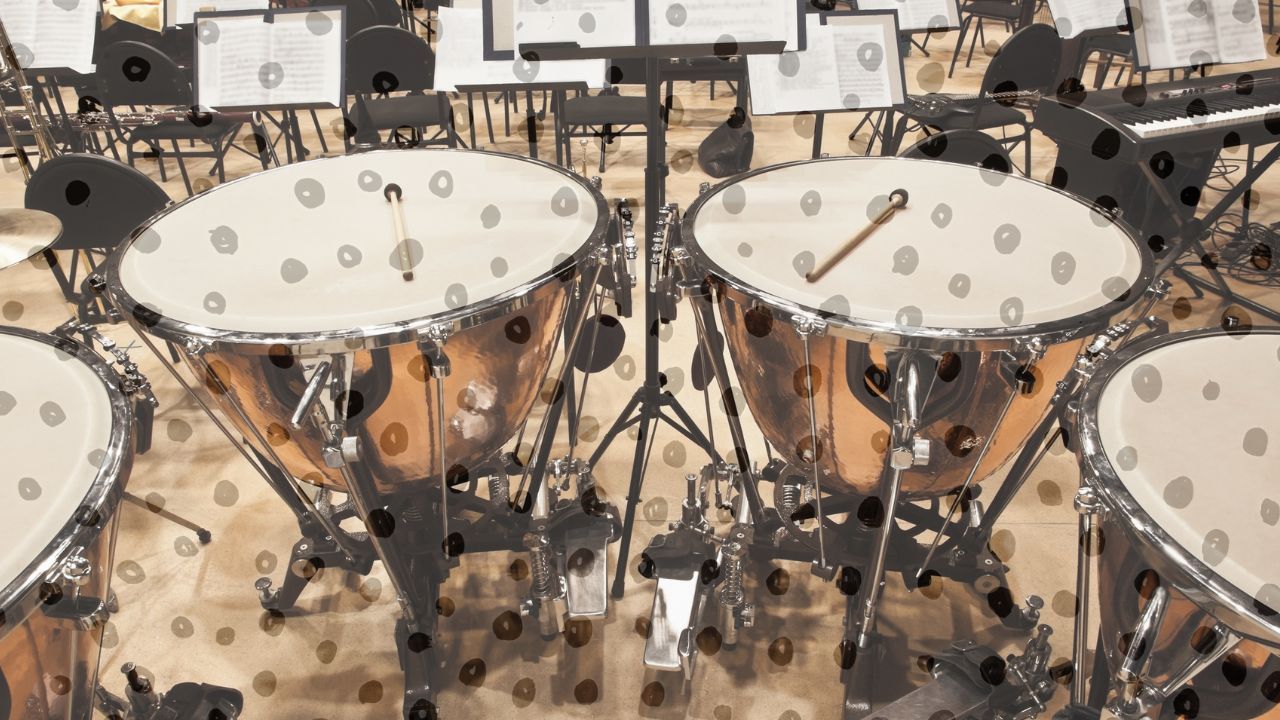
The timpani, also known as kettle drums, are large, tunable drums with a rich and powerful sound.
They are a vital part of orchestras and classical music, providing deep and resonant percussion.
Cymbals
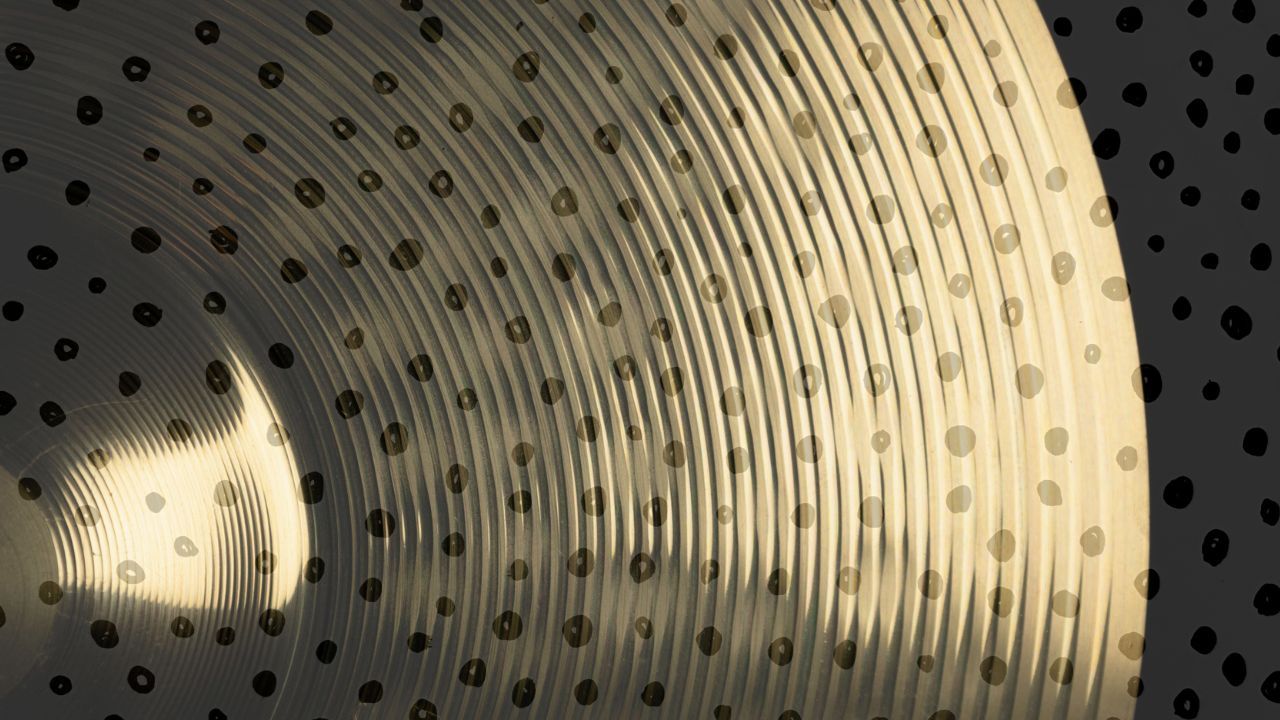
Cymbals are metal discs that, when hit or clashed together, create a sharp and shimmering sound.
They are widely used in various music genres, from orchestras to rock bands, to add dramatic crashes and accents.
Mark Tree
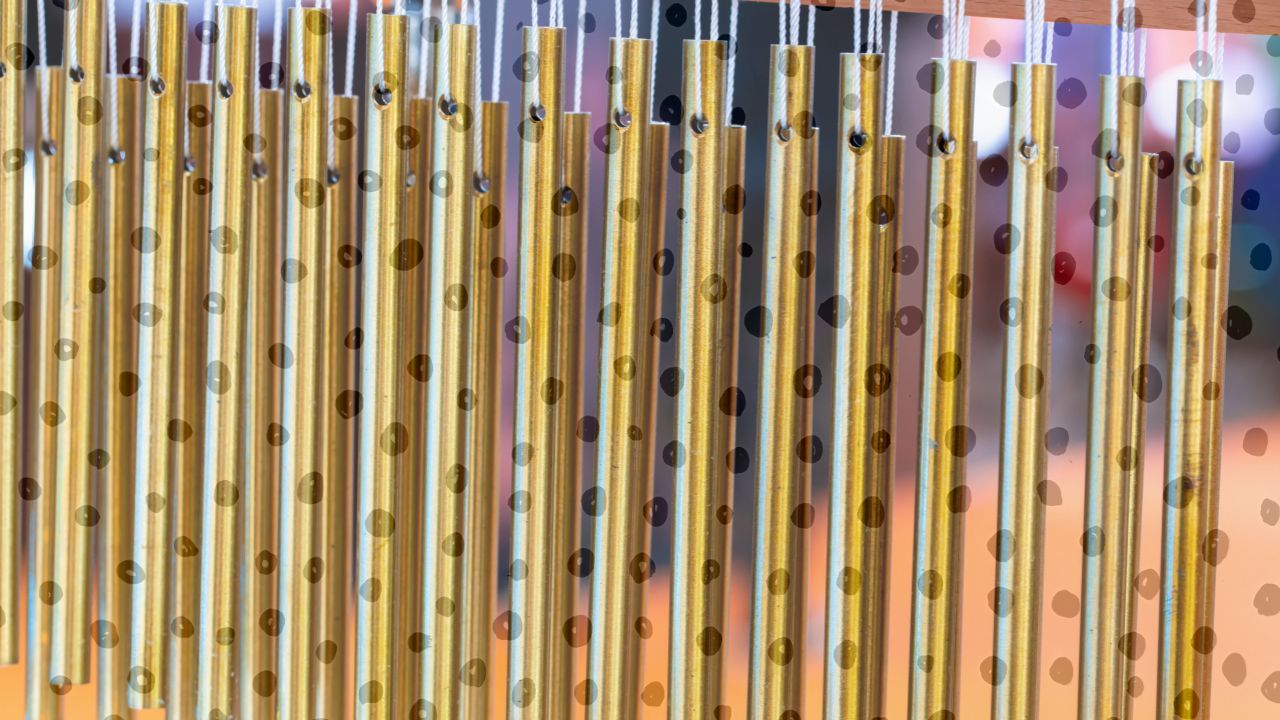
The mark tree, also known as a bar chime or wind chime, is a percussion instrument consisting of a series of tuned metal tubes or bars.
When played with mallets, it creates a shimmering and melodic sound often used in orchestral and contemporary music.
Shakers
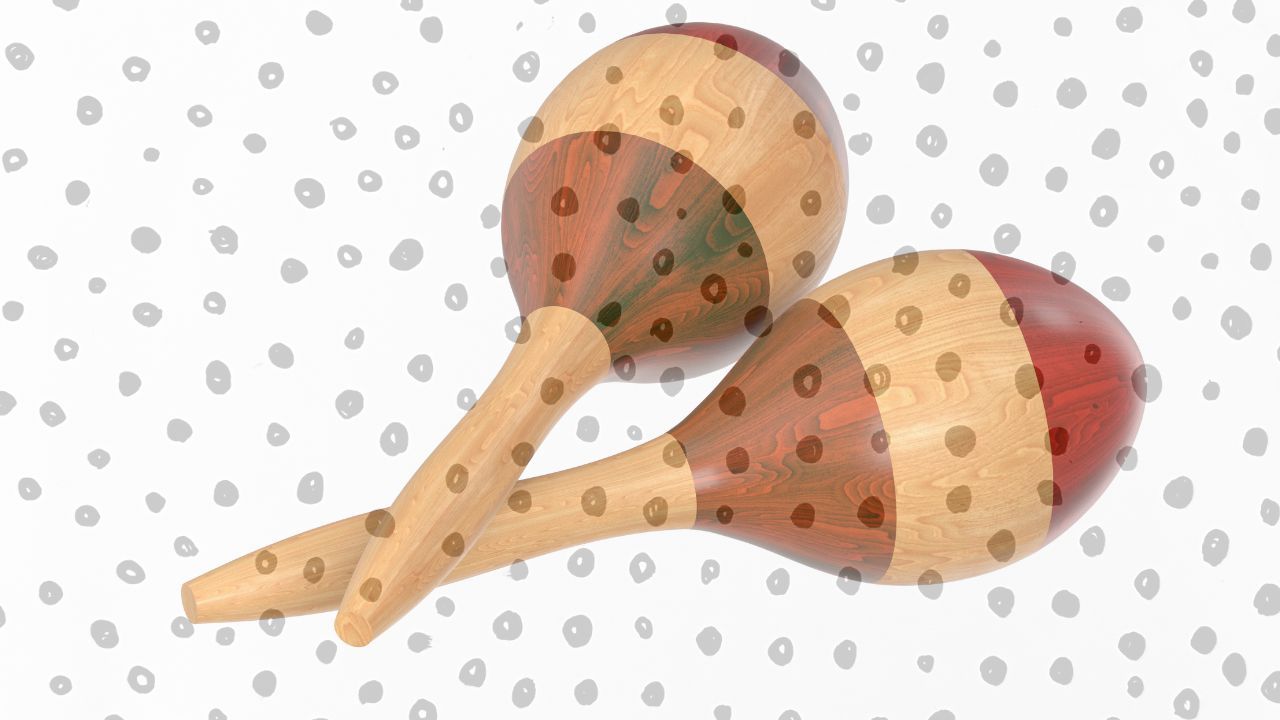
Shakers are small handheld percussion instruments filled with beads, seeds, or pellets. When shaken, they produce a rhythmic, shuffling sound.
Shakers are popular in various music styles, including Latin, pop, and folk, adding a simple yet groovy element to the music.
Guiro and Scrapers
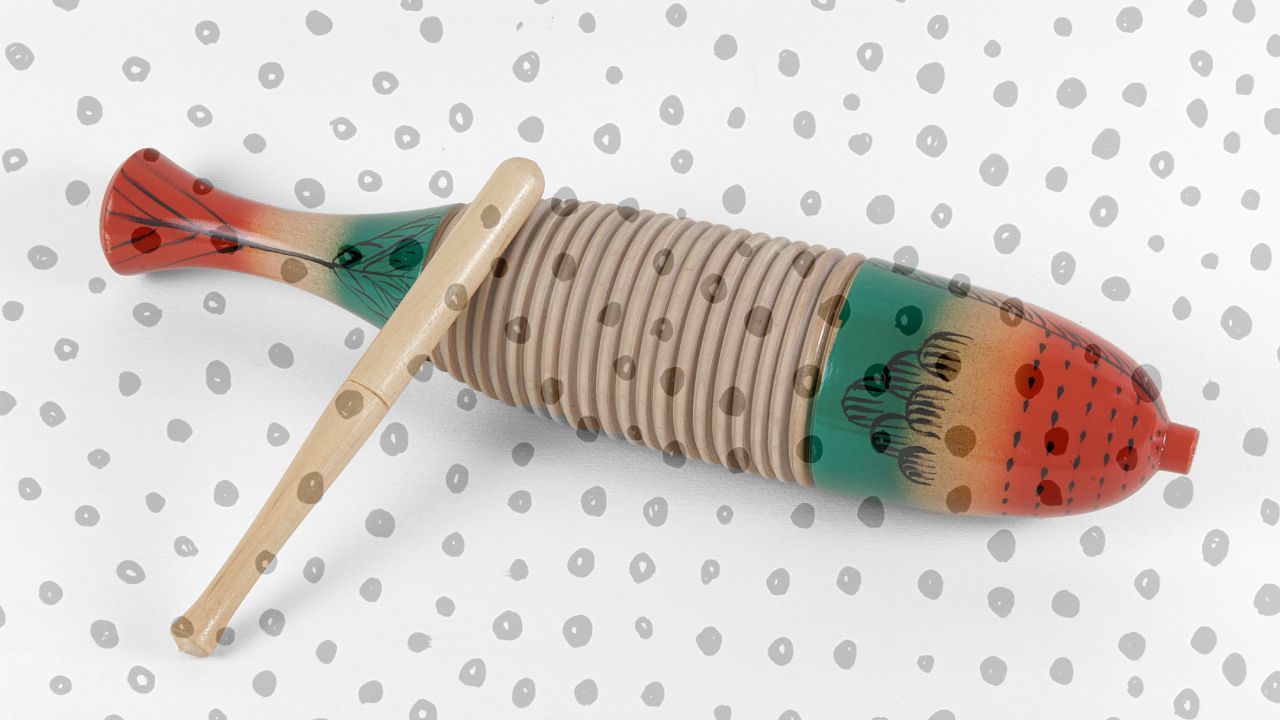
The guiro and scrapers are percussion instruments with ridged or serrated surfaces that, when scraped with a stick or mallet, create distinctive rhythmic and scraping sounds.
They are often used in Latin American and Caribbean music to add texture and groove to the rhythm.
Snare Drums
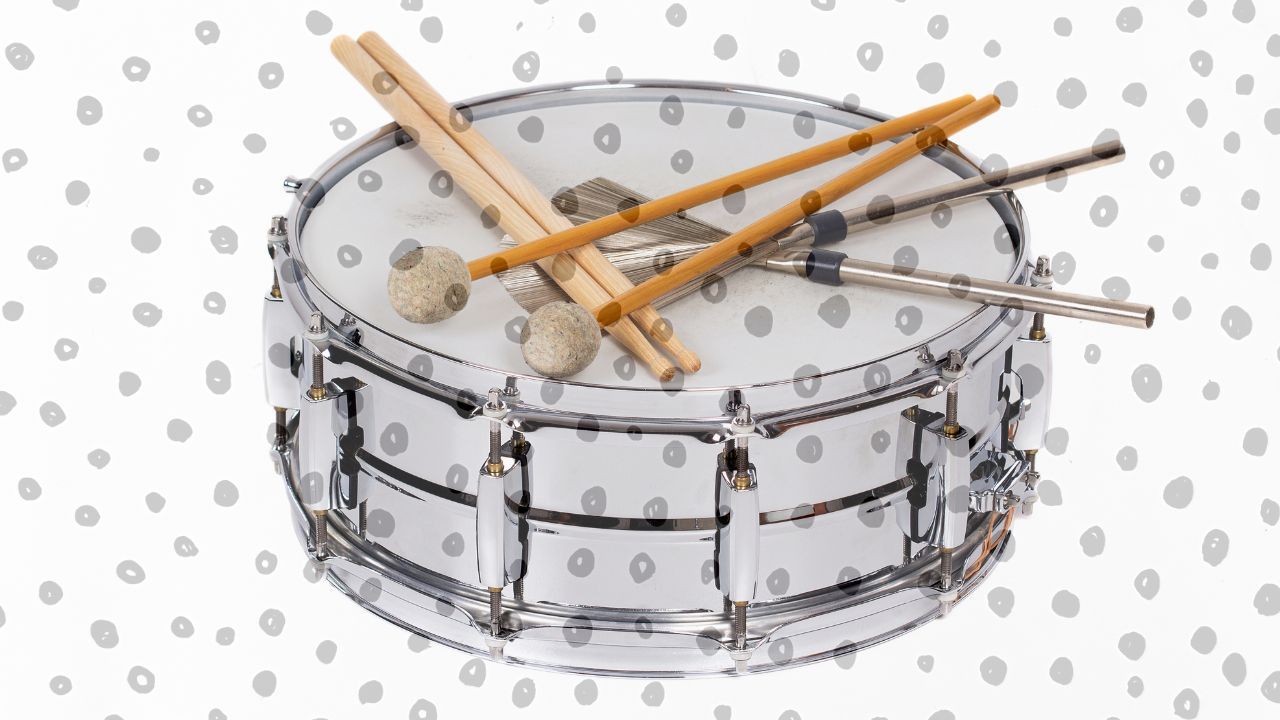
The snare drum is a versatile percussion instrument known for its sharp and crisp sound.
It features a set of snares (metal wires or strings) stretched across the drumhead, which creates its distinctive rattling sound when the drum is struck with drumsticks.
The snare drum plays a crucial role in various music genres, from marching bands and orchestras to rock and pop music, providing both rhythm and dynamic accents.
Tom Toms
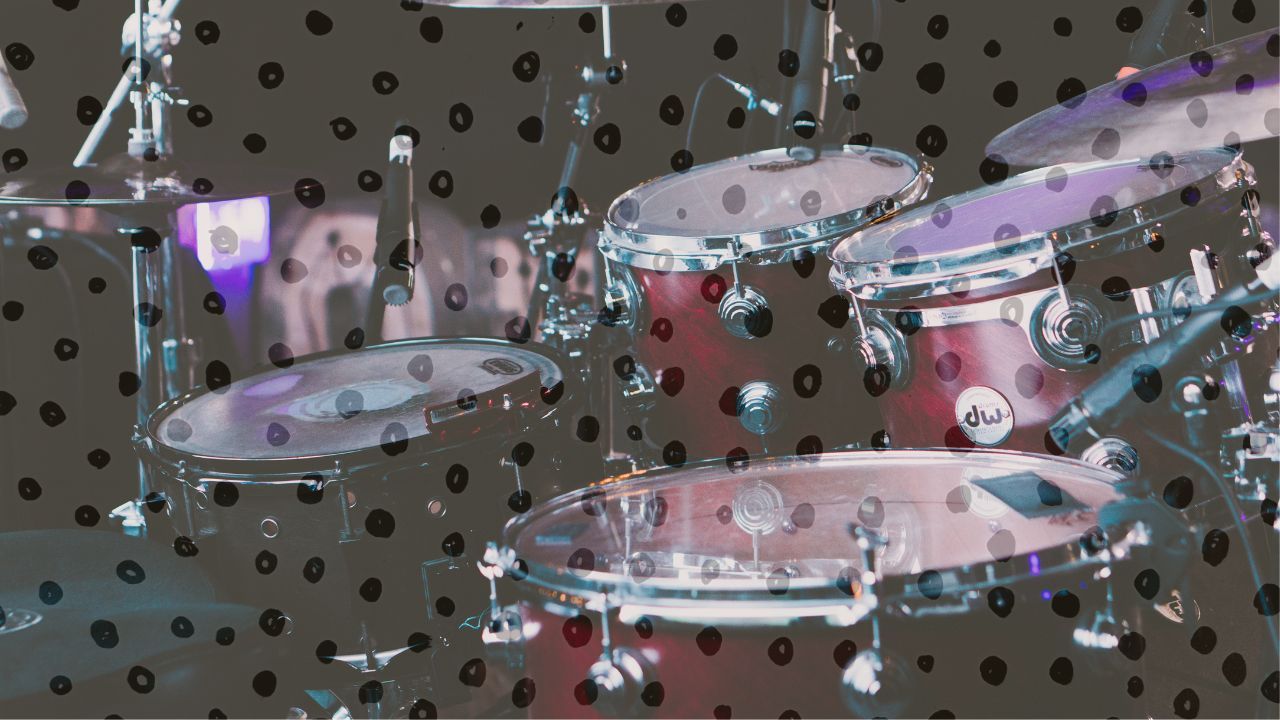
Tom-toms are a set of cylindrical drums that vary in size and pitch. They're typically played with drumsticks and are an essential part of drum kits in various music genres.
Tom-toms add depth and resonance to rhythms, making them a fundamental component of modern drumming.
Orchestral Bass Drum
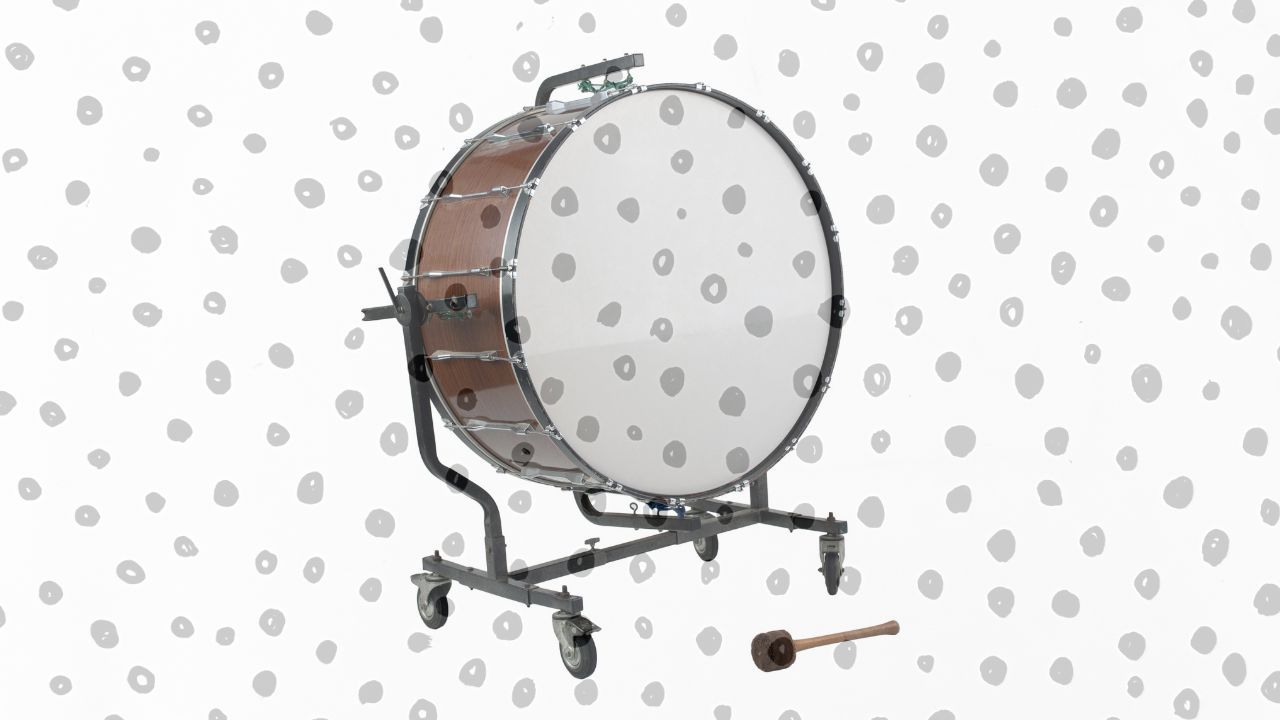
The orchestral bass drum is a large and deep-sounding percussion instrument found in orchestras.
It's played with a mallet and produces powerful, low-frequency thuds that provide depth and impact to orchestral compositions.
In Conclusion
The percussion family is a vibrant and diverse group of instruments that bring rhythm, melody, and energy to the world of music. From the thunderous bass drum to the delicate chime of a glockenspiel, percussion instruments offer a kaleidoscope of sounds that enrich musical compositions across genres and cultures.






